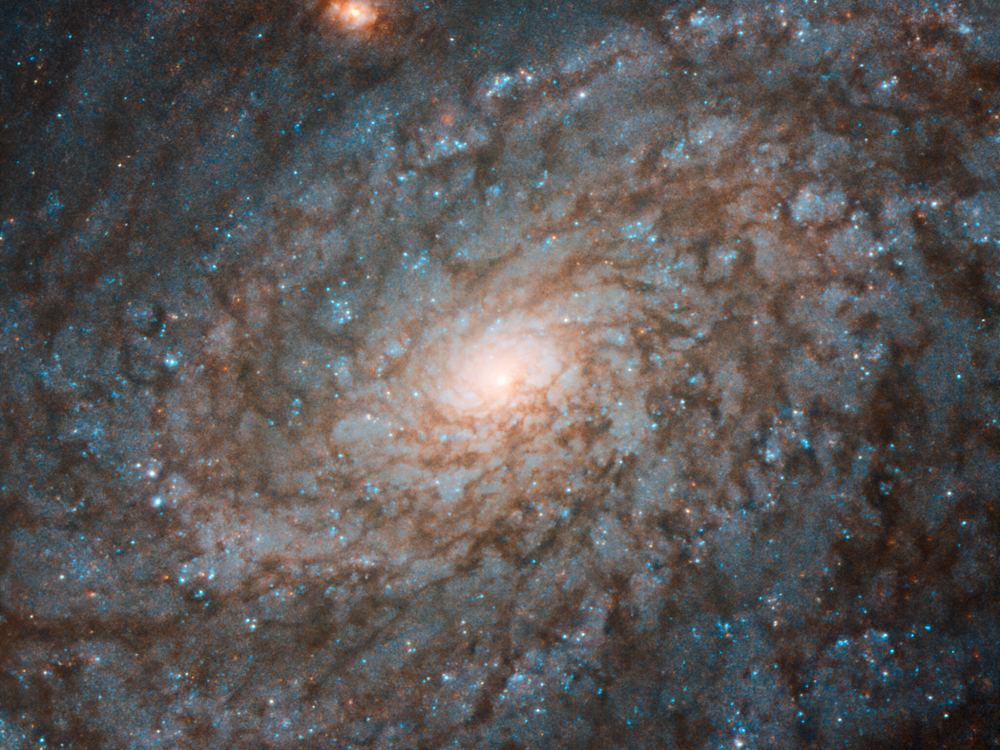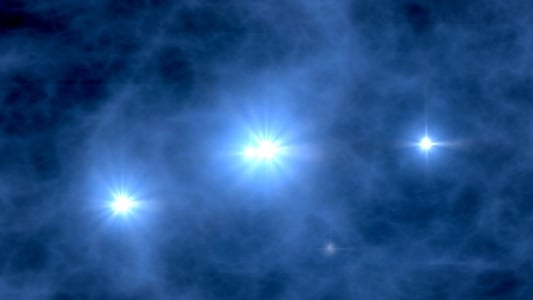
An international team examined lunar rocks brought back by the Chang'e-5 mission, and determined that volcanism ended on the Moon 2 billion years ago
Continue reading

William Shatner and the crew of the Blue Origin NS-18 mission made it back to Earth safe and sound!
Continue reading

In a new study, a team of Earth scientists shows how scientists could look for signs of a carbon-silicate cycle on exoplanets.
Continue reading

A new report by the National Academies of Sciences highlights the importance of planetary protection for future missions destined for Mars.
Continue reading

LOFAR sees 'exoplanet aurorae' near distant red dwarf suns.
Continue reading

NASA has taken the two astronauts selected to test the Starliner and reassigned them to fly the fifth SpaceX Dragon mission to the ISS.
Continue reading

IBM Space Tech is launching Endurance, CubeSat mission that children from all over the world will be able to use to gain access to space!
Continue reading

The Nancy Grace Roman Space Telescope just completed it's Mission Critical Design Review, a major milestone on the road to the launch of this next-generation observatory!
Continue reading

Another reason we haven't heard from aliens is that the possibility that every everyone is listening, but nobody's messaging!
Continue reading

A new Arid meteor shower may be making itself known in early October 2021.
Continue reading

A new study shows how next-generation observatories could directly observe oceans on exoplanets, which could narrow the search for extraterrestrial life.
Continue reading


















































